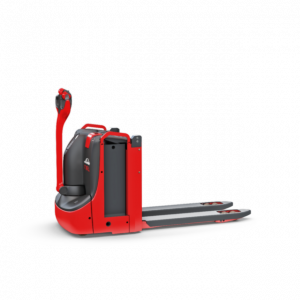You know that keeping your pallet jacks in top condition is vital for smooth warehouse operations, but do you have a solid maintenance plan in place? Routine inspections, lubrication, and cleaning aren’t just best practices—they’re necessary steps to guarantee your equipment’s longevity and reliability. Neglecting these tasks can lead to costly repairs and operational hiccups. Are you aware of the specific areas that require the most attention, like wheel and fork care? Let’s explore how a thorough maintenance routine can prevent issues before they disrupt your workflow.
Routine Inspections
Routine inspections are crucial to guarantee that your pallet jack operates safely and efficiently. Check for any visible damage on the forks, handle, and hydraulic system. Confirm the wheels roll smoothly and aren’t worn. Verify the lifting mechanism functions correctly without leaks or unusual noises. Inspecting these components regularly helps prevent costly repairs and maintains peak performance.

Lubrication and Cleaning
Regularly lubricate all moving parts and thoroughly clean the pallet jack to guarantee peak performance and longevity. Use high-quality grease on pivot points and hydraulic components. Wipe down surfaces with a clean cloth to remove dust and debris. Pay special attention to the handle and pump mechanism, ensuring they’re free from grime. This maintenance prevents corrosion and reduces wear and tear.
Wheel and Fork Care
Check the wheels and forks regularly to make sure they are in top condition by inspecting them for signs of wear, damage, or debris buildup. Tighten any loose bolts and replace worn or damaged components immediately to prevent operational issues. Keep the wheels clean to guarantee smooth movement and maintain the forks’ alignment for best load handling. Consistent checks will extend your pallet jack’s lifespan.
Troubleshooting Issues
Confirming and addressing common pallet jack issues quickly can prevent minor problems from escalating into costly repairs. Start by checking for hydraulic leaks, as these can reduce lifting capacity. Inspect the wheels for wear or debris, which can cause uneven movement. Verify all bolts and nuts are tight to avoid structural failures. Regularly test the functionality of brakes and controls to maintain operational safety.
